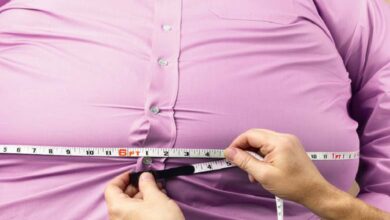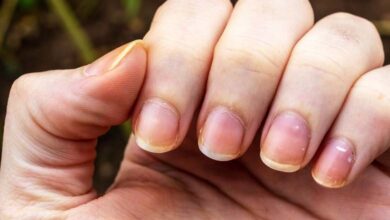Can You Get Vitamin D Through Glass? Scientific Analysis and Recommendations

Vitamin D is a fat-soluble vitamin essential for human health. Often called the “sunshine vitamin,” it plays a central role in calcium and phosphorus metabolism, supporting bone mineralization and preventing diseases such as osteoporosis and rickets. Furthermore, vitamin D is involved in immune system function, inflammation regulation, and may influence cardiovascular and mental health. The primary source of this vitamin is cutaneous synthesis triggered by ultraviolet B (UVB) rays from sunlight. A common question arises: can this essential vitamin be obtained while behind glass, such as in an office or car?
-
Excessive Vitamin D Intake: A Hidden Threat to Digestive and Metabolic Health
-
Taking Vitamin D Incorrectly Can Endanger Your Health
The Role of UVB Rays and the Effect of Glass
Vitamin D synthesis in the skin is initiated by UVB rays, which have wavelengths between 280 and 315 nanometers. UVB interacts with 7-dehydrocholesterol in skin cells to produce pre-vitamin D3, which is later converted into active vitamin D3 in the liver and kidneys.
Most types of ordinary glass, including residential and office windows and car windshields, block nearly all UVB rays. Glass allows only visible light and, in some cases, a small fraction of UVA, which does not significantly contribute to vitamin D synthesis. Therefore, sun exposure through a window leads to negligible vitamin D production, insufficient to meet daily requirements.
-
How vitamin deficiencies affect the formation of dark circles under the eyes
-
Vitamin D or Fish Oil – Which One Is Better for Your Health?
Factors Affecting Vitamin D Synthesis
Vitamin D production depends on several factors:
- Latitude and season: The farther from the equator, the fewer UVB rays reach the earth’s surface, especially in winter, reducing vitamin D synthesis.
- Time of day: UVB intensity peaks between 10 a.m. and 3 p.m. Exposure outside this window produces less vitamin D.
- Skin pigmentation: Melanin absorbs UVB. Dark-skinned individuals synthesize less vitamin D for the same sun exposure than light-skinned individuals.
- Age: With aging, the skin’s ability to convert 7-dehydrocholesterol to pre-vitamin D3 decreases, increasing deficiency risk in the elderly.
- Body surface area exposed: More exposed skin leads to more efficient synthesis.
Even under strong sunlight, if the light passes through glass, cutaneous synthesis is virtually zero.
-
Your Shadow in the Sun Reveals a Vitamin D Deficiency
-
4 Foods That Boost Vitamin D Production in the Body
Daily Requirements and Deficiency
Recommended intake varies by age and physiological status. The Institute of Medicine (IOM) recommends:
- 400–800 IU/day for adults,
- 600 IU/day for adolescents and young adults,
- Up to 800–1000 IU/day for elderly or at-risk individuals.
Vitamin D deficiency can cause fragile bones, muscle pain, chronic fatigue, and increased susceptibility to infections and chronic diseases.
Alternatives to Obtain Vitamin D
For those spending much of their time indoors or behind glass, several strategies are recommended:
- Diet: Fatty fish (salmon, mackerel, sardines), egg yolks, liver, and fortified foods (milk, orange juice, cereals) are valuable sources.
- Supplementation: Vitamin D3 supplements are effective in achieving recommended daily intake. Dosages should follow healthcare guidance, especially for pregnant women, elderly, or those with proven deficiency.
- Direct sun exposure: Even 10–30 minutes of direct exposure on arms and legs several times per week can significantly improve vitamin D levels, depending on latitude and skin pigmentation.
-
Do you really need to take vitamin D for Optimal Health?
-
These few signs on your health show that you lack vitamin D
Practical Tips
- Take outdoor breaks rather than staying behind windows.
- Expose arms and legs instead of only the face.
- Combine diet and supplements if sun exposure is limited.
- Monitor serum 25-hydroxyvitamin D levels, especially in at-risk individuals.
It is scientifically established that sunlight passing through glass does not allow significant vitamin D production. Cutaneous synthesis requires direct UVB exposure. For those spending most of their time indoors, combining a vitamin D-rich diet and appropriate supplementation is the safest way to prevent deficiencies and maintain optimal health.












